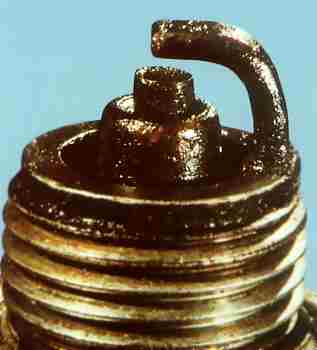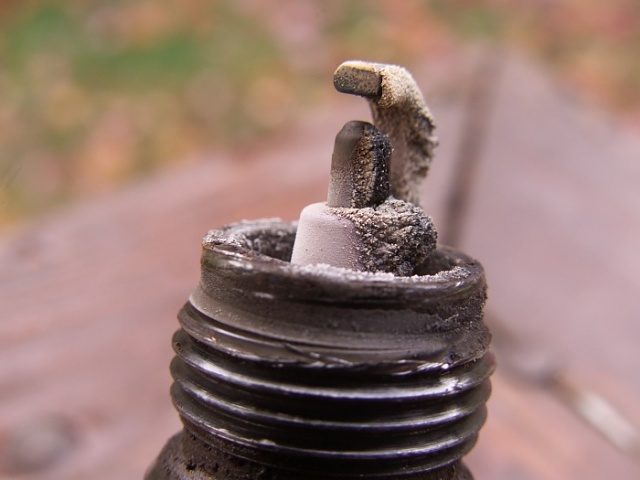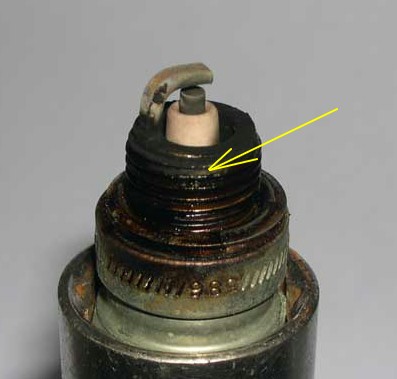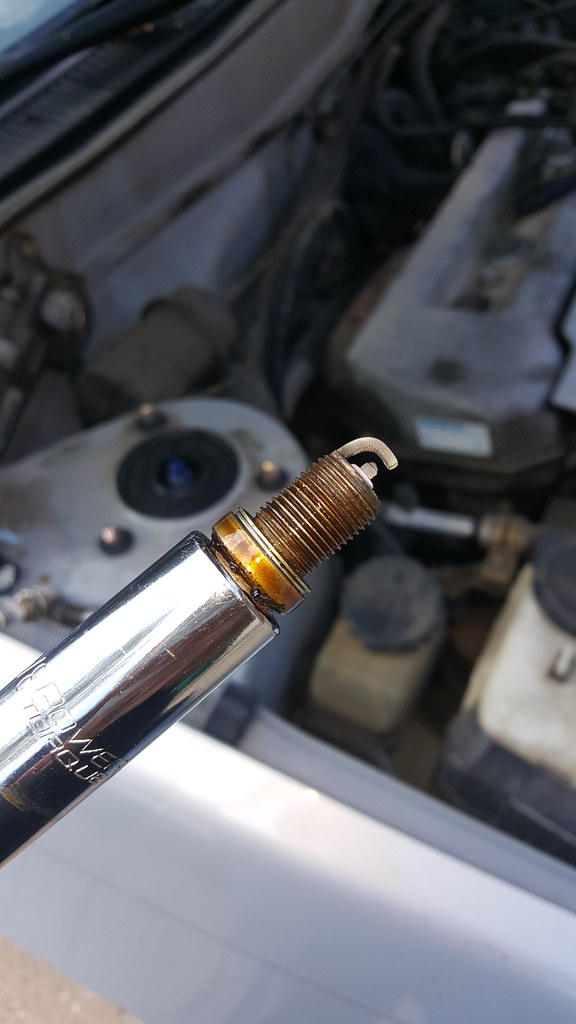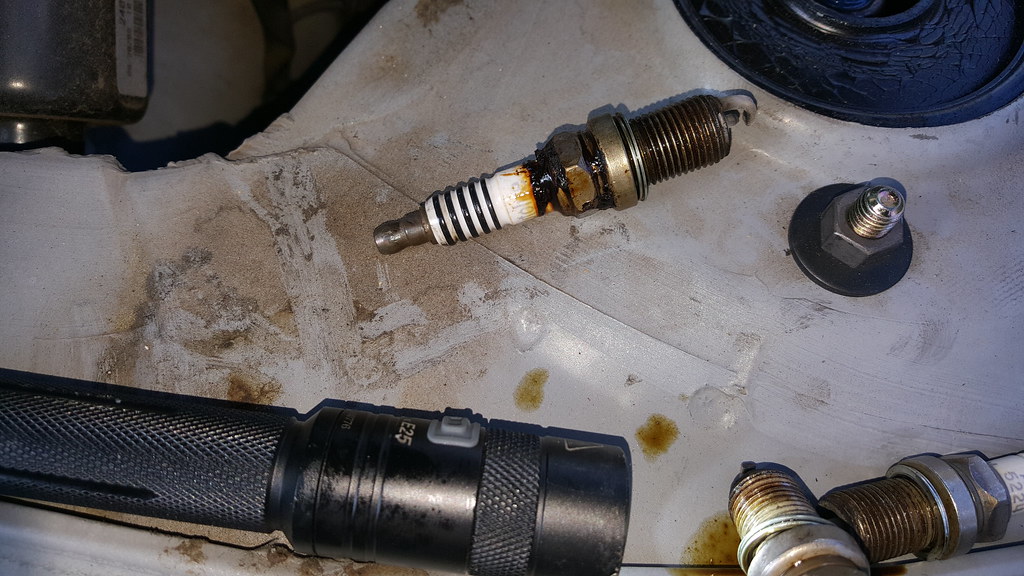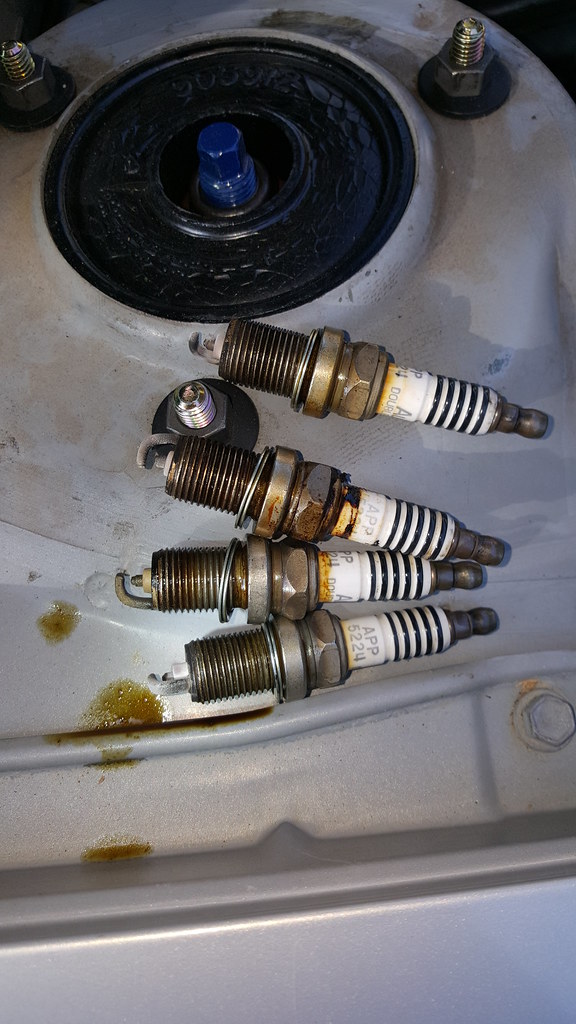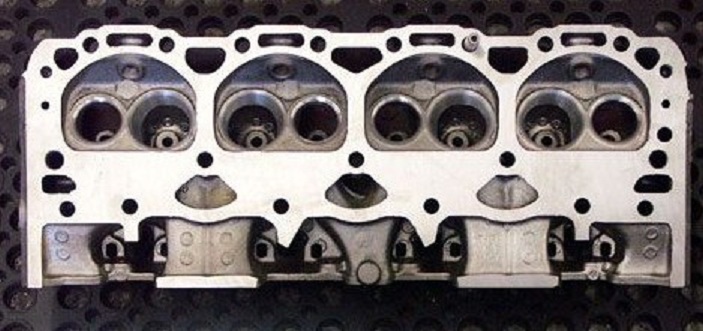Originally Posted By: Gokhan
440Magnum and OVERKILL: You are talking based on pure speculation, and I am talking based on actual experience on a Corolla engine!
Actually, no I'm not. This topic was covered in pretty solid detail when I took automotive mechanics. I also used to be quite active in the Mustang/Hot Rod scene and have torn down and been involved in the tearing down of quite a few engines.
Originally Posted By: Gokhan
If what you were saying was true, why would my plug threads would be covered in oil despite the plugs being located outside the engine and there being no oil on outside the plugs? I saw this every year when I replaced the plugs. After I replaced the valve-stem oil seals, I've never seen it.
Because your valve cover gasket was seeping/leaking. This is the same reason I had oil traces down the plug wells and on the threads of one of my 302's (which had healthy valve seals) and why it stopped when I replaced the valve cover gaskets. You removed the valve cover and gasket to replace the seals.
Originally Posted By: Gokhan
Google about this. It's a very common symptom of leaking valve-stem oil seals in some engines. Seals leak even when the engine is parked and cold and the oil doesn't get a chance to burn.
What leaks is only the little amount of oil left in the head. Which then gets down and sits on the valve if it is closed or sits on the piston crown. It is blown out the exhaust/burned as soon as you fire the engine up. Unless you have a horizontally opposed engine, the oil isn't magically going to go down the valve seal, across the valve, and then work its way UP to the plug.
If your theory was sound, every two stroke, which burns oil, would have oily plug threads. But they don't. The only time you get oil on the plug threads of a 2-stroke is when the plug or coil dies and nothing is combusting. You then end up with a wet plug with wet threads, that look like this:
Normal, oil burning 2-stroke plug on the left. Fouled plug with gas/oil wet threads on the right. The same will happen with a 4-stroke engine if the oil leak is bad enough that the plug gets fouled. THEN the threads and plug face will be wet with oil, because it can't be burned off and it just gets flung all over the cylinder and the compression forces it to creep up the plug threads. They look like this:
I've torn down engines with baffed valve seals (SBC) that had visible white deposits all over the plugs (burned oil). Yet they had no oil on the threads. We've had numerous antique boats that also burned on start-up that had dry plug threads.
The plugs from a serious oil burner generally look like this:
The plugs from an engine with a valve cover leak look like this (this is an SBC):
You can see the electrode area is clean because the oil is not being burned, it is instead coming down the threads.
For a dual overhead cam engine or engine with centrally placed plugs the cause of wet threads is almost always a leaking o-ring or valve cover gasket. The only exception is that if the plug is oil fouled to the point of failure in which case fuel and oil can be pushed up the threads. But this accompanies a fouled plug. If you have a normal looking plug and wet threads, the oil is not coming from guides or rings.



